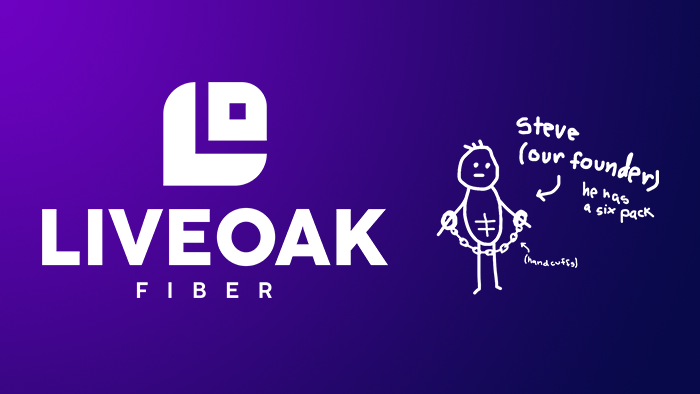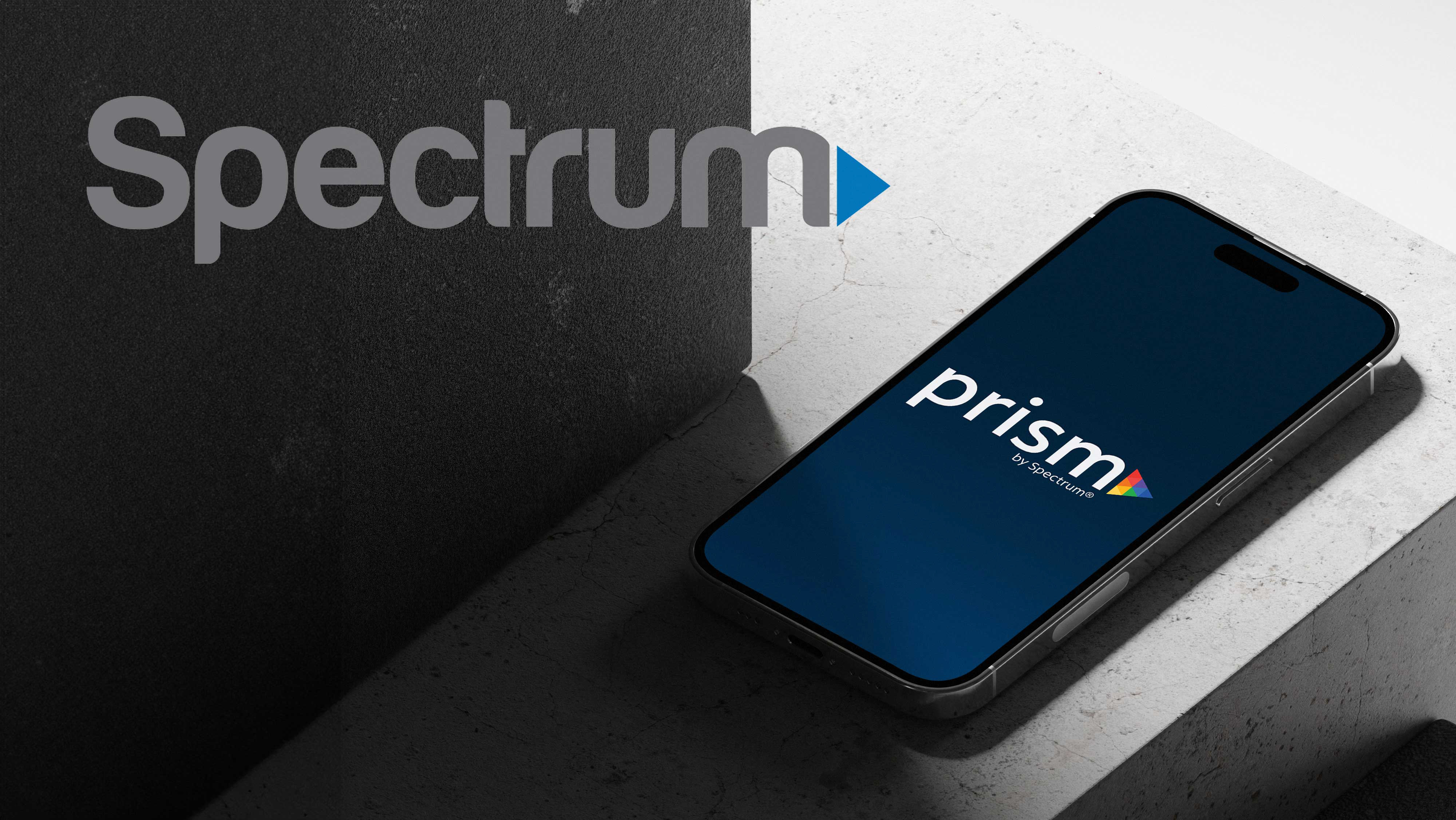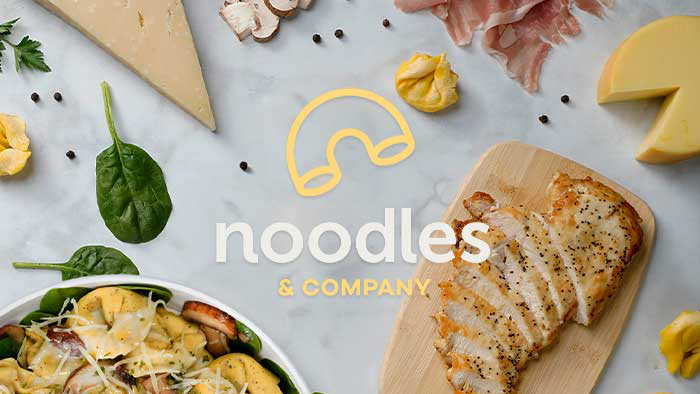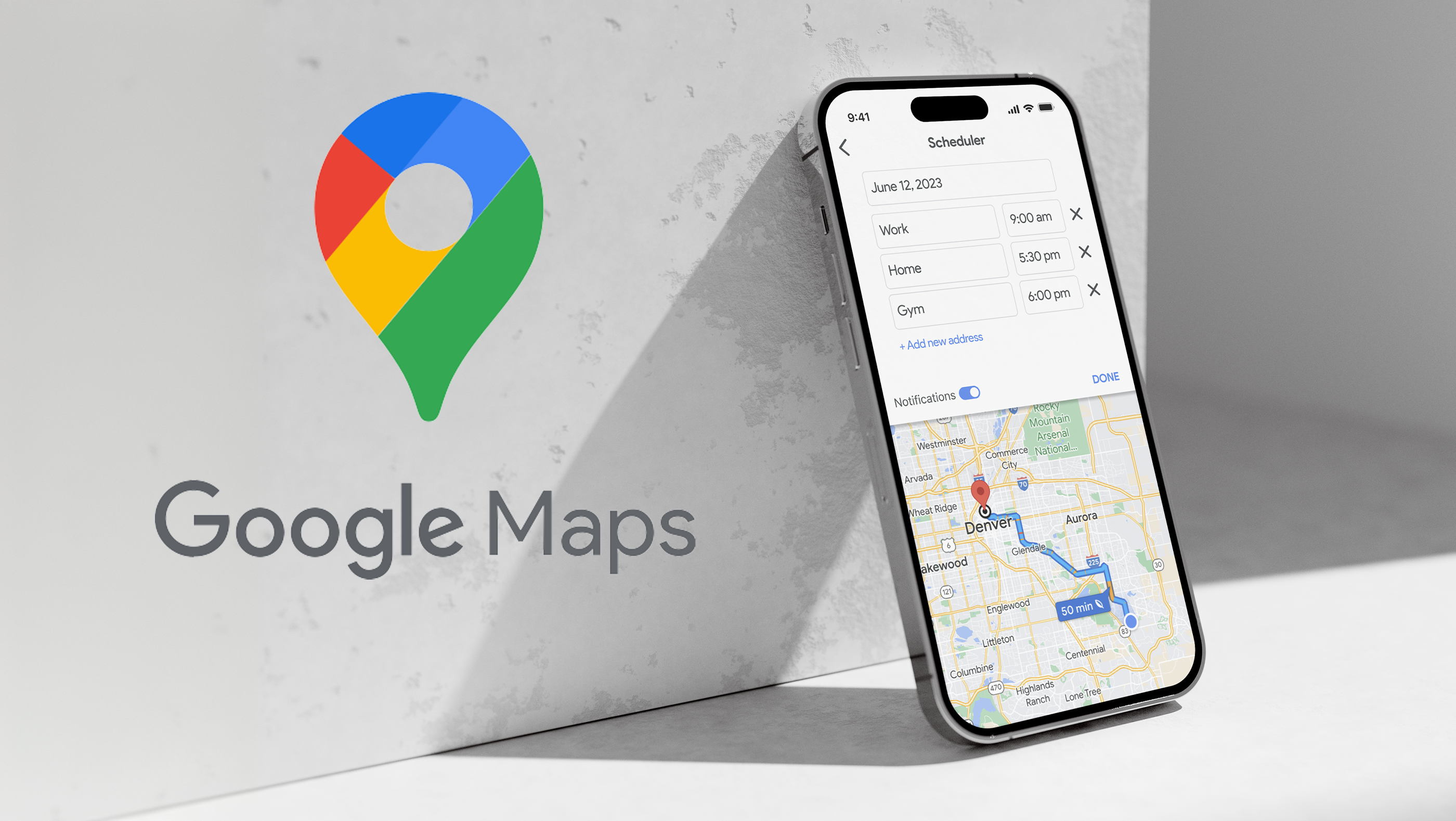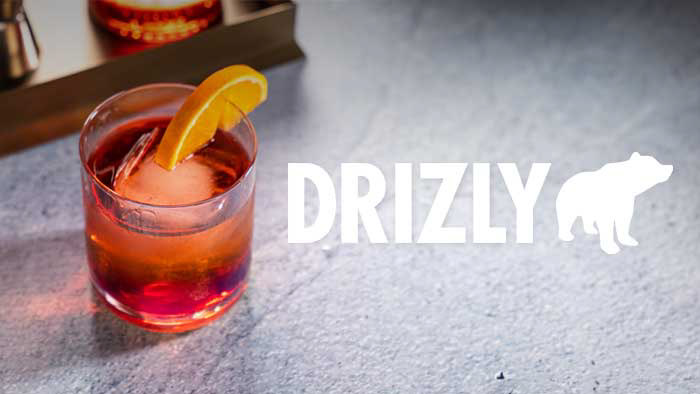ROAM
Project Type End-to-End Application
Role Researcher & Designer
Tools Figma, Adobe Illustrator
The Project
Roam is an end-to-end application that leverages algorithms and user-inputted information to help users discover new activities in their areas. The app also allows users to save activities to collections for future use. I thoroughly researched, designed, and tested the app to ensure a seamless and enjoyable user experience.
BACKGROUND
From girls' night out to staycations on a long weekend, people are always looking for something new to do. However, this can prove to be much more difficult than it seems. Although approximately 83% of Americans live in big cities, an overwhelming number of them have never explored the city that they live in.
The idea of becoming a tourist in your own city has been sweeping the Internet for many years. Not only can it be much cheaper than traveling, it also allows people to find new and interesting things to do in their own city. Many people, despite living in the same area they grew up in, have not experienced the various activities around them.
Despite the seemingly endless articles and websites to help people find activities in their area, it is still very difficult. This is often the case because many of these things are not kept up to date, don’t include temporary/pop-up events, or involve sifting through a large variety of activities to find something enjoyable.
SECONDARY RESEARCH
Quick Facts
•68% of Americans live in or near the city they grew up in.
•1 in 10 Americans have never been to a museum, despite an estimated 33,082 museums in the US.
•There has been a noticeable decline in local tourism since the COVID-19 pandemic.
Competitive Analysis
PRIMARY RESEARCH
Questions
•Where do you currently look to find new things to do?
•How often do you look to find temporary events (e.g. festivals, conventions)?
•How often do you look to find permanent activities (e.g. museums, restaurants)?
•How long have you lived in your current city and what size is it?
•Do reviews affect your decision to try something new?
•How do you find things to do when going on vacation?
Research Synthesis - POV & HMW Statements
I’d like to explore ways to help adventurous users find temporary activities because they are difficult to find and often can only be found after they’ve passed.
How might we give users the option to see temporary activities specifically?
I’d like to explore ways to help users looking for specific activities in specific price ranges because price is a large factor when choosing an activity.
How might we allow users to choose a specific price range when looking for specific activities?
I’d like to explore ways to help locals who have lived in their respective cities for a long time find new activities because they often feel they have already done everything there is to do.
How might we display new or more niche activities to users?
User Needs
•Find activities within interests that are reasonably priced
•A “one-stop-shop” to find all the interesting things going on, but also be able to add to them
•The ability to save the various activities they find
Pain Points
•Finding temporary activities (e.g. festivals, conventions)
•Already feel they’ve explored everything
•Interests are too niche to find something they’d enjoy
•Feel they don’t learn about events until after they’ve passed
Personas
PRIORITIZATION & ROADMAPPING
Project Goals
Features
User Flow
Task Flows
BRANDING
For the Roam's design, I chose earth tones to signify exploration and a connection with nature. I focused on incorporating organic, smooth shapes and features to create a visually appealing and intuitive user interface. This design approach enhances the overall user experience, making the app both functional and aesthetically pleasing.
UI & VISUAL DESIGN
I created Roam to follow a Tinder-style swiping system, leveraging a familiar pattern that users are starting to recognize. By presenting one main activity at a time, the app reduces the overwhelming nature of finding something to do and minimizes decision fatigue. Additionally, users can see recommended activities similar to those they have saved, which increases the number of discoverable activities and enhances the accuracy of the app's algorithm, providing a more personalized and enjoyable experience.
WIREFRAMES
Low-fidelity
Mid-fidelity
High-Fidelity
USER TESTING
User Test 1: Add an event to a collection.
Response: The majority of users found adding the museum to the collection difficult because they were a) unaware of how the mechanics of the app worked (e.g. swiping feature) or b) looking for a search bar. A few of the users were able to complete the task.
Action Items: Add a tutorial explaining how to use the app.
User Test 2: Submit an activity.
Response: This test had a much better response rate than the first one, mostly because many of the users completed this task during the first test. One user did point out that they found it odd that the “Submit an Activity” feature is in the user profile and didn’t feel very intuitive.
Action Items: Determine if the “Submit an Event” button is in the correct location.
Iterations
While it was determined the “Submit an Activity” feature was in the correct location, I added an informational screen explaining the feature more. This feature will probably benefit small businesses and events more than the average user.
PROTOTYPE
CLOSING
During the process, I learned that I can’t just assume users will know how a new app works without a tutorial. In hindsight, I would have done more exploration for inspiration during the app's design phase to enhance its overall look and functionality. The next steps involve creating screens for different contingencies and outcomes, such as error screens and loaders, and then moving to the development phase. I am most proud of the iterations I made after user testing, as I believe I effectively addressed and solved the problems identified.

